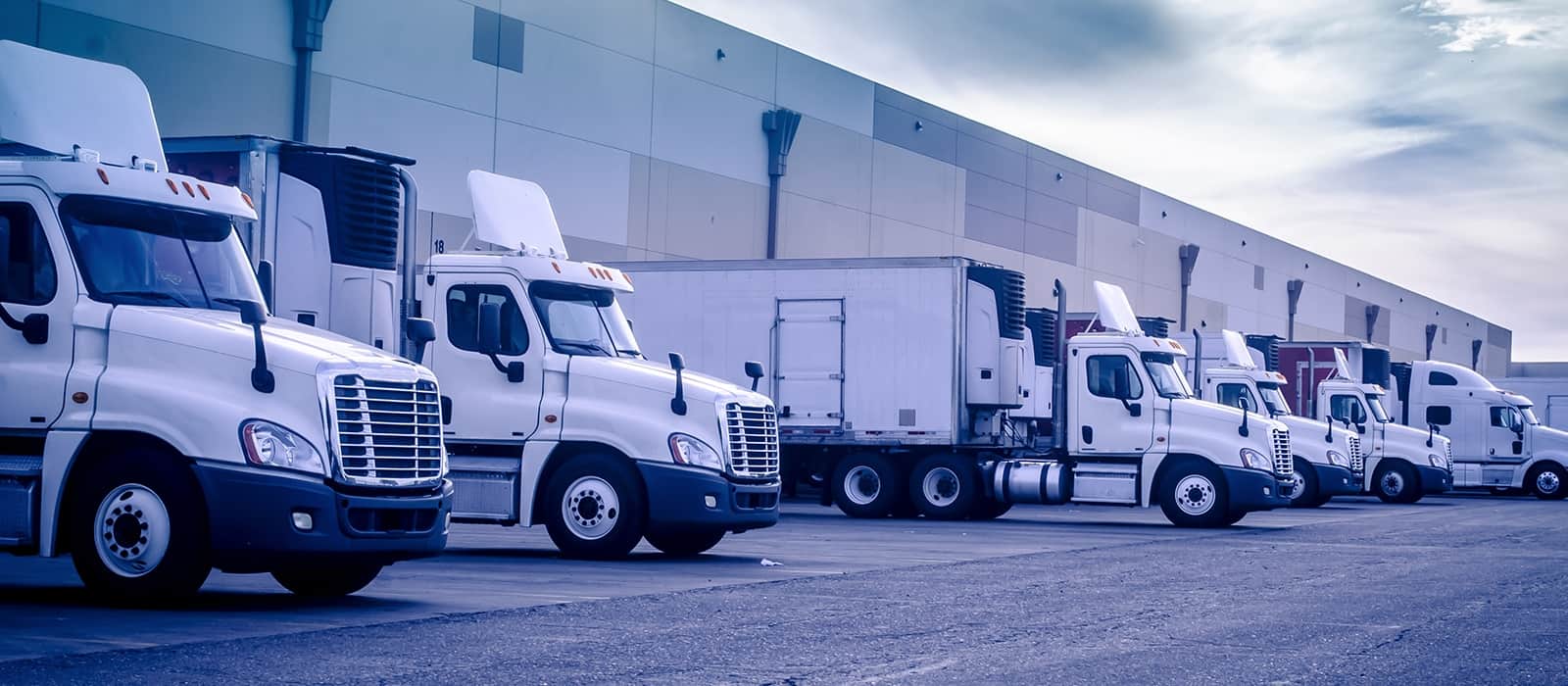
Nothing slows down productivity for a supply chain like a lack of organization. If your company is seeking an advantage to speed up your processes without compromising quality, cross-docking is a great strategy to utilize. While it needs to be carefully implemented to ensure optimal performance, there are several benefits of cross-docking that are worth taking a closer look at.
What is cross-docking?
Cross-docking makes your inbound and outbound delivery service that much more efficient, lowering transportation costs and improving customer satisfaction due to quicker delivery times. The name comes from the process of receiving and quickly transferring products across a dock in the middle between the two trucks for quick, seamless transfer. It’s a unique procedure involving minimal storage time—instead, products from a supplier or manufacturer are distributed directly to the customer or retail chain. Cross-docking relies on sound timing and space management planning for efficient delivery from the inbound truck to the outbound truck.
How does it work?
Once inbound products arrive at the distribution terminal, they’re quickly unloaded on to the middle dock. From there, the products can be sorted and screened to ensure prompt and reliable delivery services. After all the pertinent products are sorted out, they’re moved to the opposite truck. Whether you use a forklift, conveyor belt, pallet truck, or another piece of equipment is entirely up to the setting of your terminal. Once the products are loaded up, they’re ready to be shipped off to the customer or retailer.
How do I know if cross-docking is right for my warehouse?
Like any IT application, HVAC system, or lighting solution, there’s no one-size-fits-all approach for every individual warehouse. Your ability to effectively implement cross-docking in your warehouse is contingent on your storage space, the kind of product you need to transport, and the size of your transportation fleet. Let’s say the product your shipping is unpreserved food—something that relies on a time-sensitive delivery schedule. In that specific scenario, cross-docking makes a lot of sense for your warehouse. Pre-packaged and sorted products are also available for quicker transfer and delivery with cross-docking. Other reasons a warehouse might implement cross-docking include:
- A centralized site for sorting and delivery to multiple locations (also known as “hub and spoke”).
- Several small products can be combined into one order to save on transportation costs.
- Deconsolidation arrangements, which refers to when a company breaks down large product loads into more manageable loads.
- Reduced material handling and storage requirements.
- Less money spent on packaging and storing.
- High product turnover (less time spent in your warehouse).
- Elimination of redundant, hindering steps that slow down delivery.
- Reduced distribution costs due to consolidated delivery.
- Improved delivery time.
- Cross-docking terminals are inexpensive to construct.
Choose the solution that fits your warehouse.
No matter what solution you currently use for sorting, transferring, and delivering products in a timely fashion, you must remain open to the idea of change. If your current solution isn’t allowing you the opportunity to deliver products on schedule, then reevaluating might be a good option for your warehouse. Cross-docking is a great strategy for companies looking to cut down on delivery time. If the process you utilize on a day-to-day basis isn’t optimizing your warehouse, think about migrating to a cross-docking solution. Although it might take more time to plan everything for seamless delivery, you’ll have less to worry about once it’s all laid out and ready to go.
Contact FW Logistics today to get started on a cross-docking solution that fits your company.

